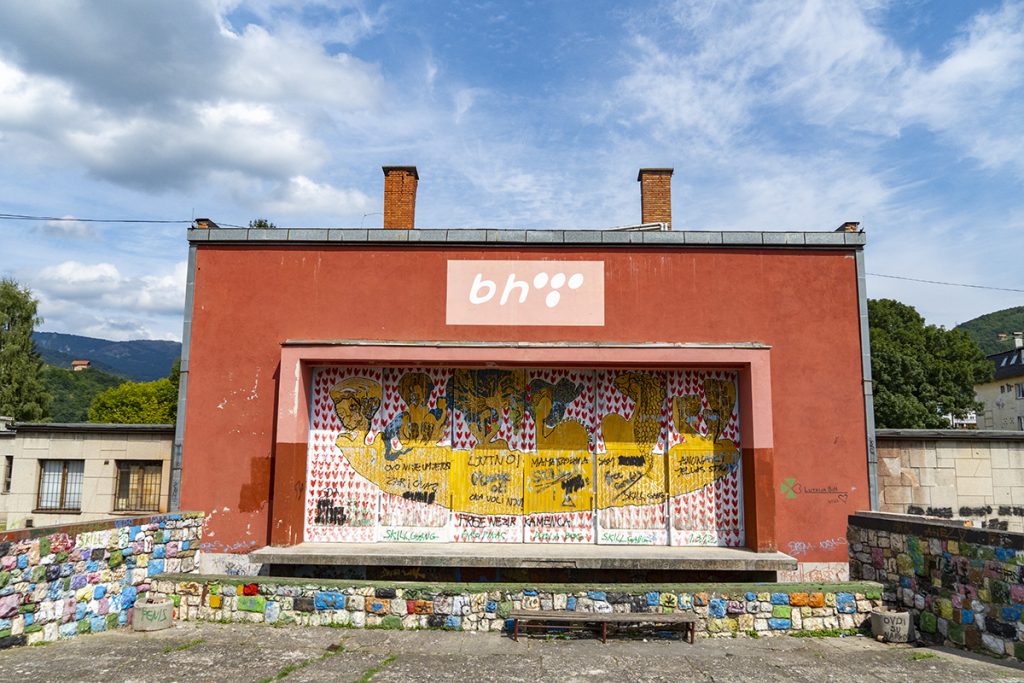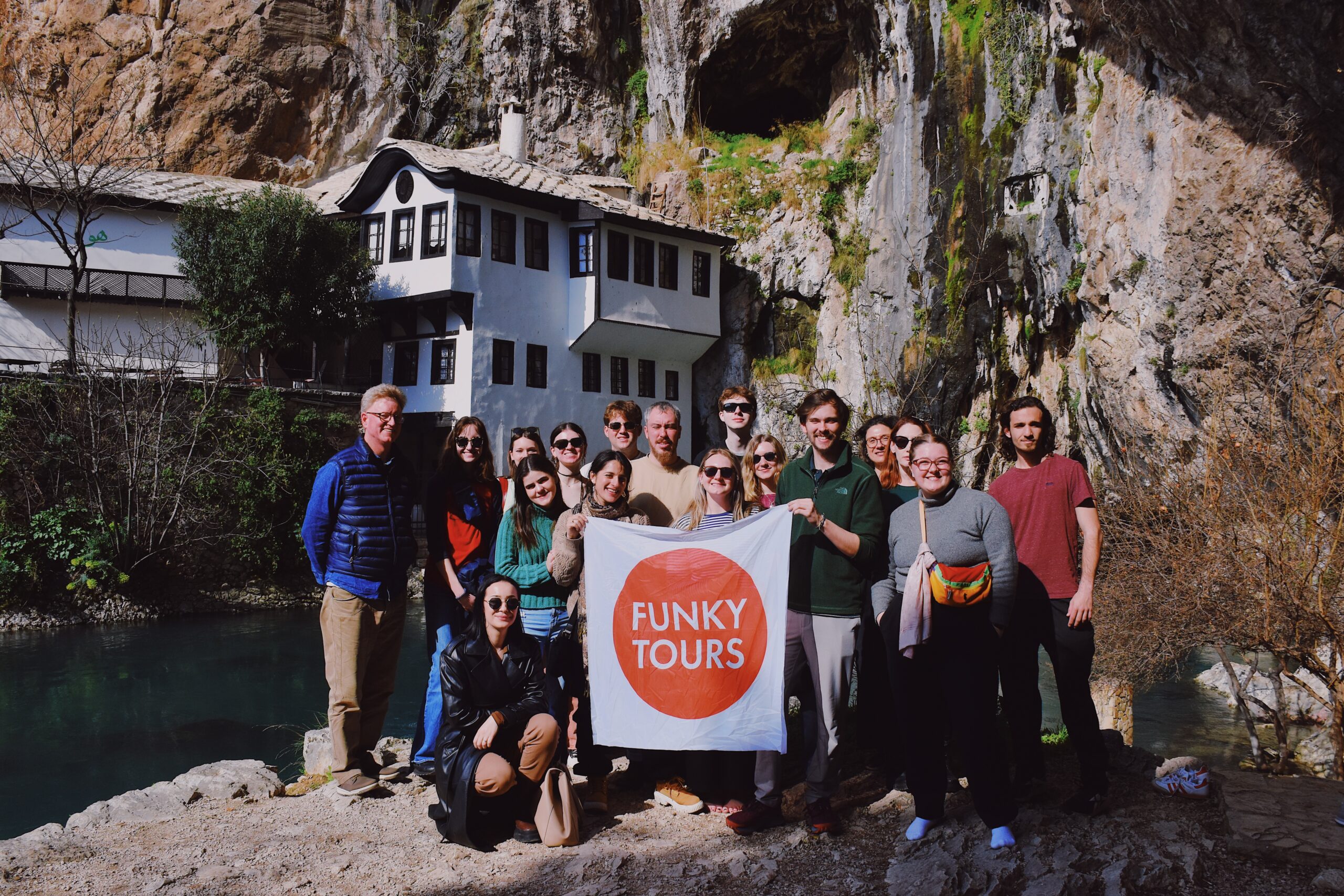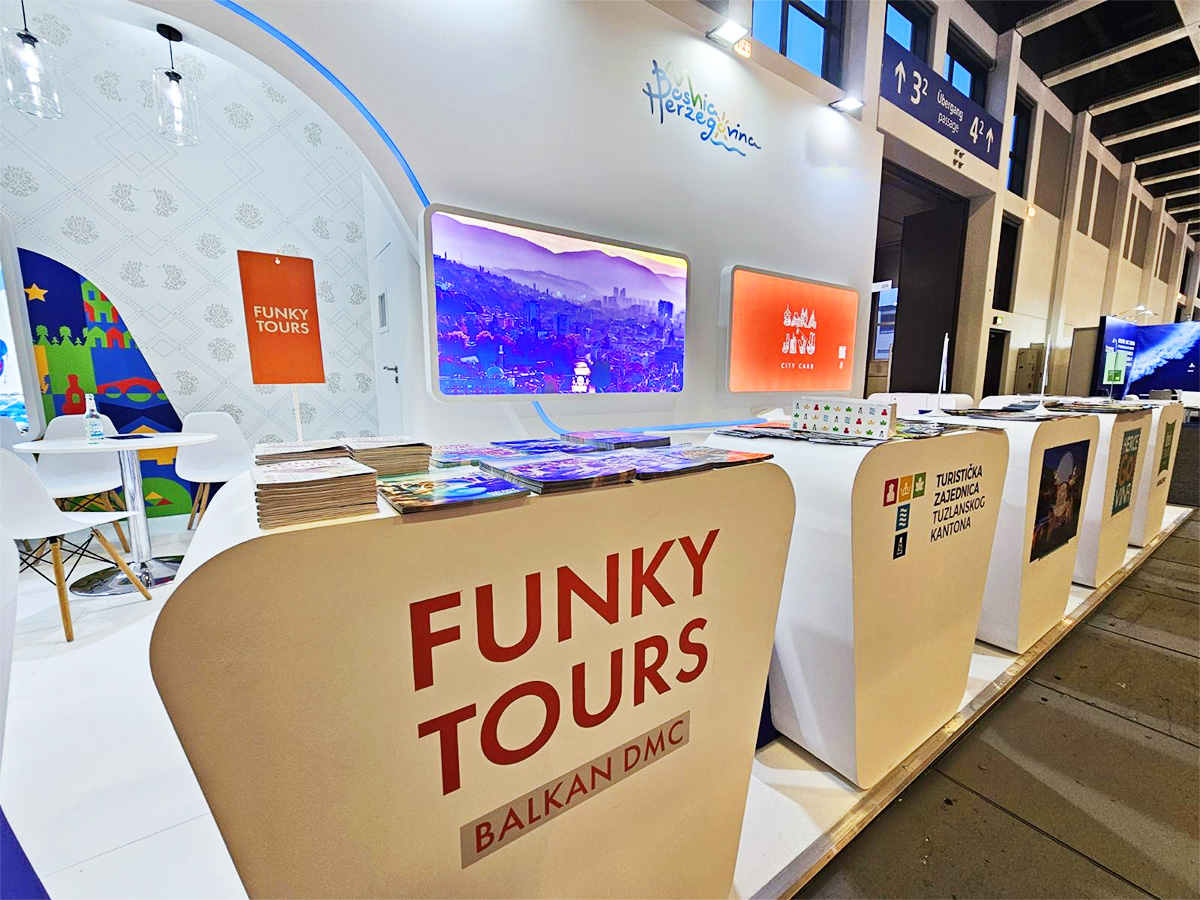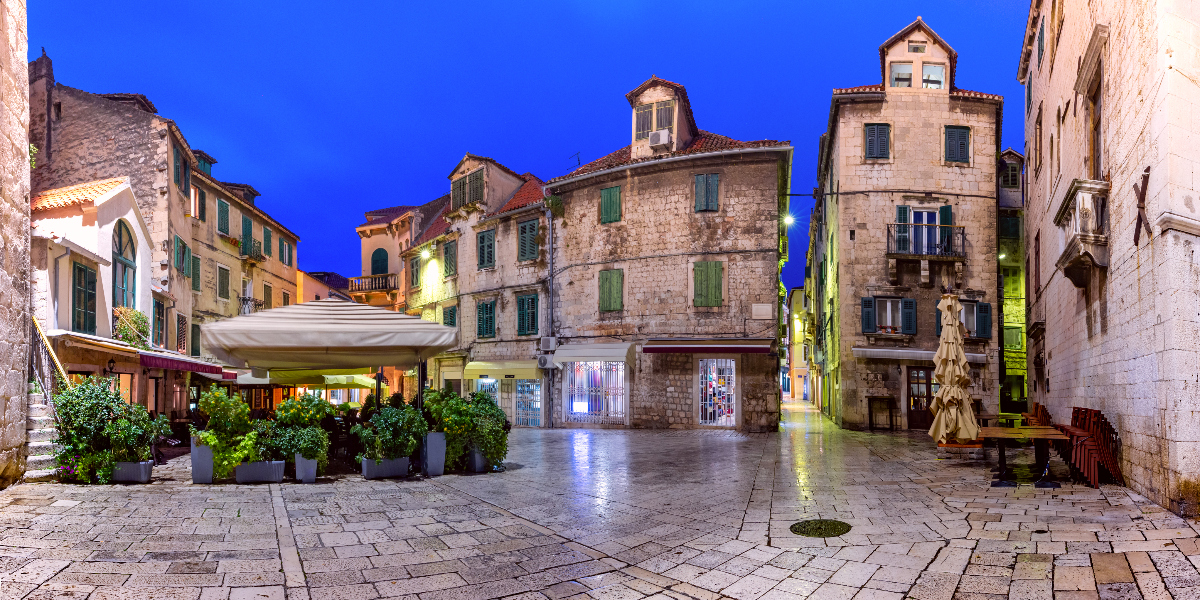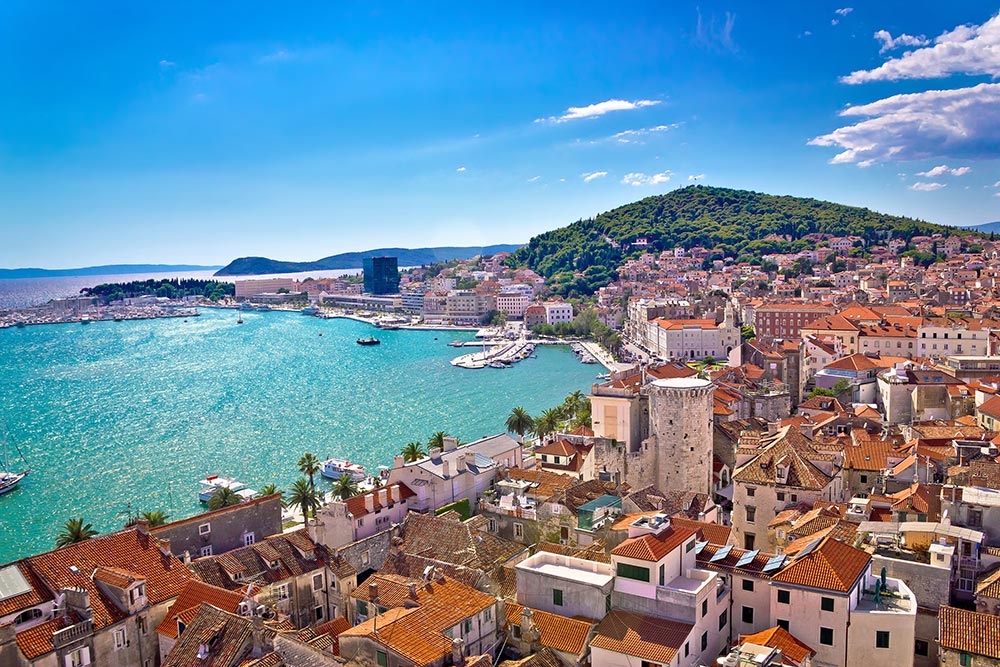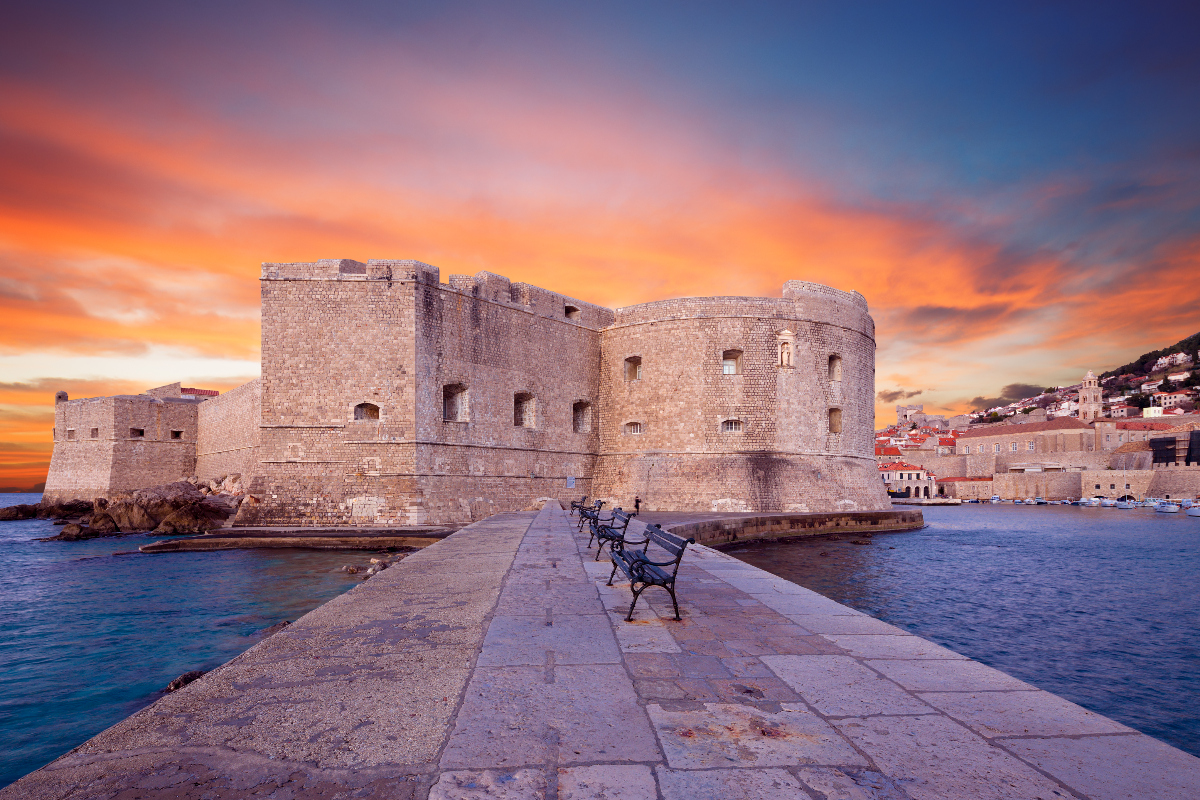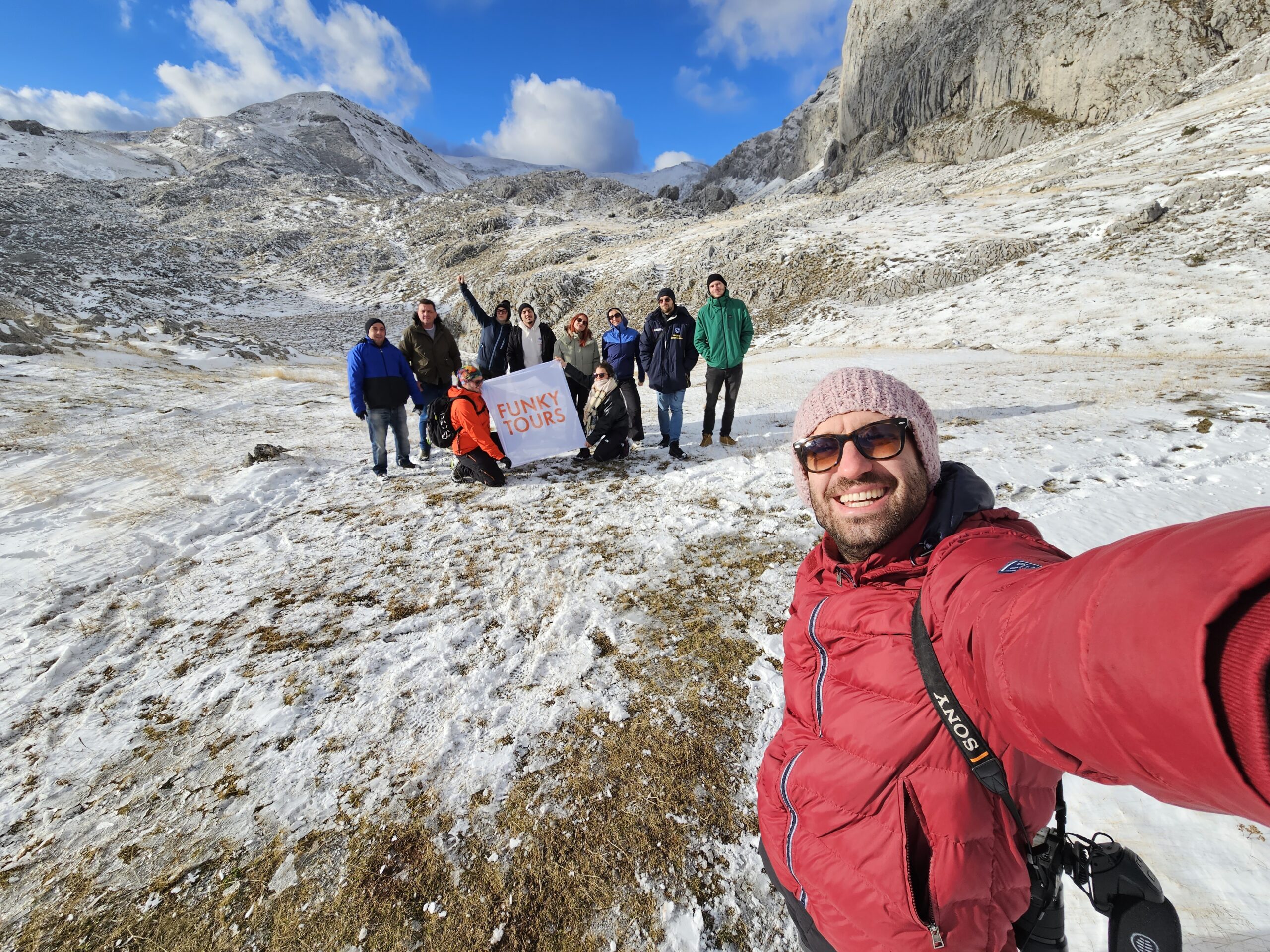Goražde: Successful Relationship between History, Tourism, and Industry
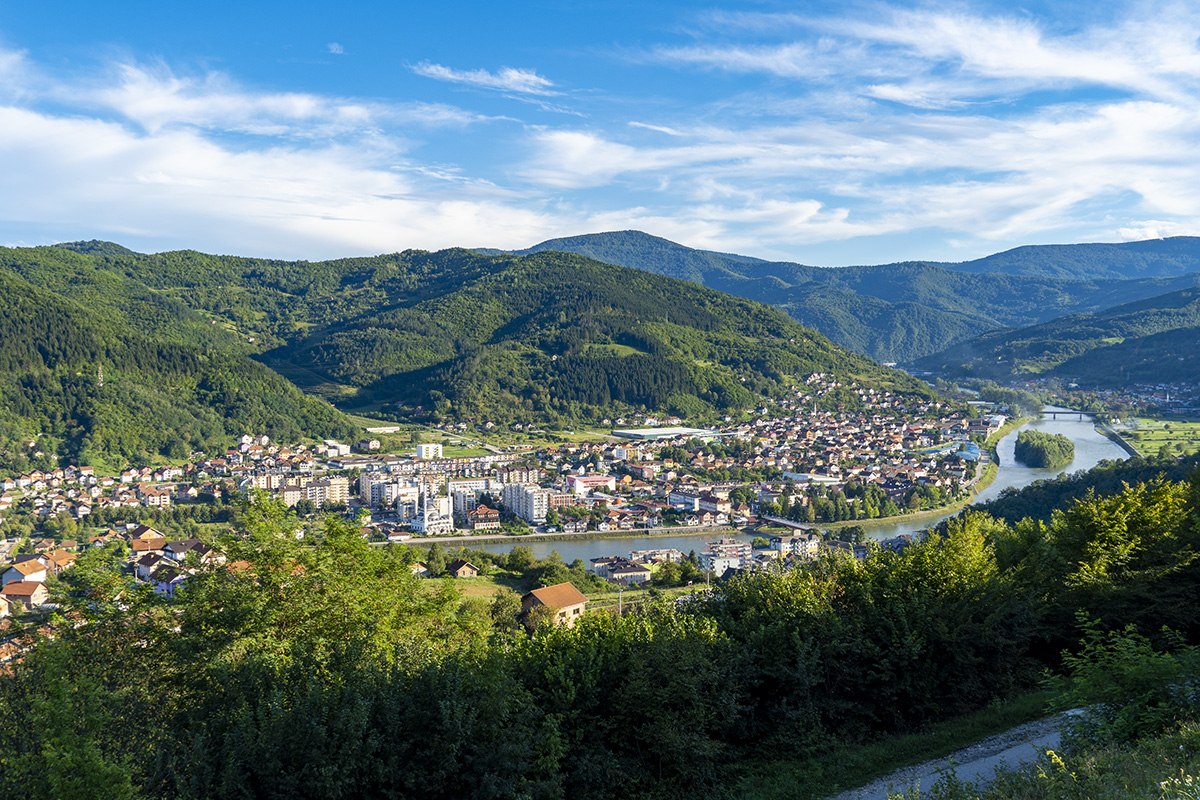
√ You will find town of Gorazde nested on a Drina River in East Bosnia.
√ The town today lives with the reputation of the most economically developed place in the East Bosnia region.
√ Goražde sits between the towns of Foča and Višegrad. Goražde is the only town in the region of East Bosnia that is part of the Federation of BiH entity.
√ Although Gorazde is still a touristy location, it’s incredible position at the Drina river makes it fishing paradise and one of the new off the beaten path favourite stops for nature and history lovers.
Goražde lies at the place where the famous Drina river flows through one of the very few relatively wide valleys on its course. A town today lives with the reputation as the most economically developed place in the East Bosnia region. When wandering through Goražde streets it is possible to spot a slightly higher concentration of people compared with other surrounding towns.
30 years ago, the town was “supplemented” with the highly notable arms factory within Yugoslav borders, named Pobjeda (Eng. Victory). In addition to other both Nitrogen and cement factories quite near to Goražde, the place enjoyed a reputation as an industrial promised land. In regard to joy and travel, many assets defined the Drina river. One of these was extremely popular wooden raft drifting. I’m writing in the past tense on purpose, since this tourist offer does not exist for 2 years, but it is planned to be re-inaugurated at the start of the tourist season 2021.
THE INEVITABLE AND POWERFUL, FULL OF LIFE AND HISTORY, THE GREAT DRINA RIVER.
The crucial prelude for the Goražde story is the story about the Drina River itself. The Drina could go without Goražde, but Goražde couldn’t go without the Drina. That mighty river has to be considered as God’s reward to every town that lies on its banks.
A legend says that the Drina River was named after Sultan Mehmed the Conqueror’s quote. While crossing the Drina the horse a Sultan rode drowned in the river, hence Mehmed shouted: “Bu su derin” (Eng. “this water is deep”). Therefore, a distorted Turkish word provided the name for the river. Five centuries afterwards we can just accept or reject this event as a fact or myth. Truth or not, it doesn’t affect our well-being anymore as it could affect Sultan’s well-being. The Drina in the meantime became more notable due to other people, bridges, traditions, and activities organized on the river itself.
However, concerning promotion, or spreading the word about Drina river, Robert De Niro has played a certain role as well. Seeing as he had a hitchhiking period back in 1967. throughout the former Yugoslavia, he met local hospitable people. One of his hosts introduced him to the novel ”The Bridge on the Drina”, the literary masterpiece of the only Bosnian Nobel laureate Ivo Andrić. Relying on the other popular assumption, during that hitchhike Robert De Niro stood in awe of the Drina elegance. Regarding everything mentioned, his adopted daughter Drena De Niro was named after our Drina River. More details were never published, but this information was given in his biography published on IMDB (the Internet Movie Database).
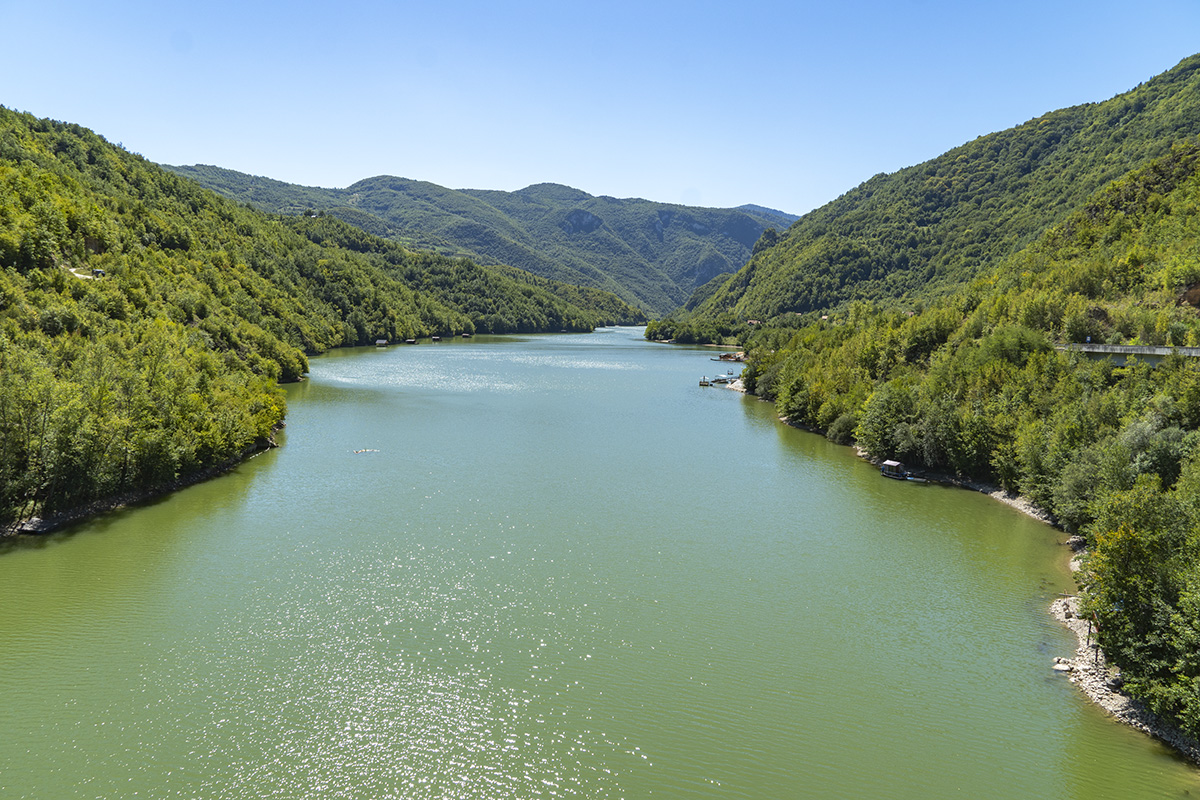
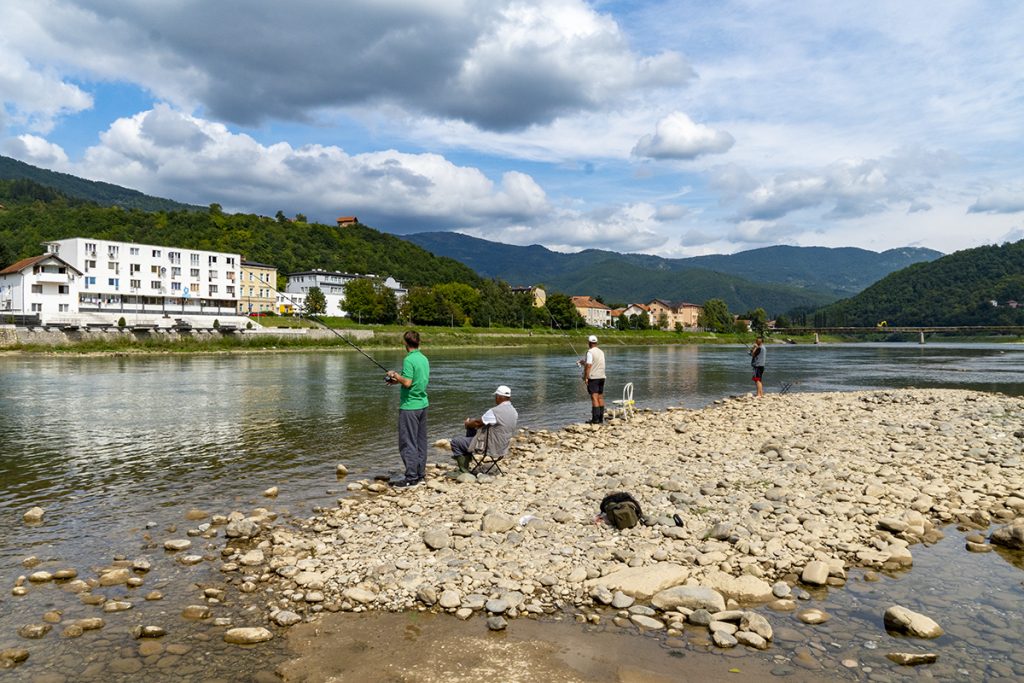
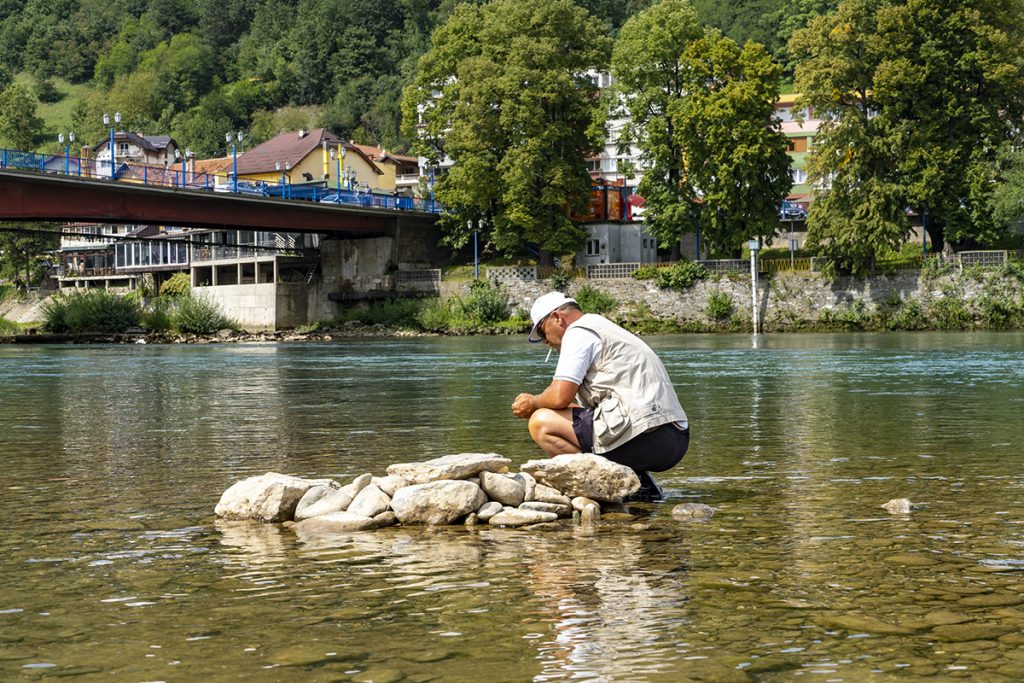
EQUILIBRIUM BETWEEN WISHES AND REALITY
According to the last census carried out in 2013. the total population of Goražde Canton (including surrounding territories with suburbia and villages) consists of 22 thousand. Slightly higher, compared to other neighboring municipalities and towns. A local municipal government enjoys the reputation of being competent. But like in many similar smaller towns, you’ll meet people who will tell you that’s just mostly inadequate story provided by dependent media.
Goražde sits between the towns of Foča and Višegrad. Both are part of the Republika Srpska (Serb Republic), while Goražde is the only town in the region of East Bosnia that is part of the Federation of BiH entity. Unlike Foča and VIšegrad which are facing a slight increment in tourism, Goražde as above-mentioned, holds the reputation of the economically most developed town in this region mostly relied on the industry.
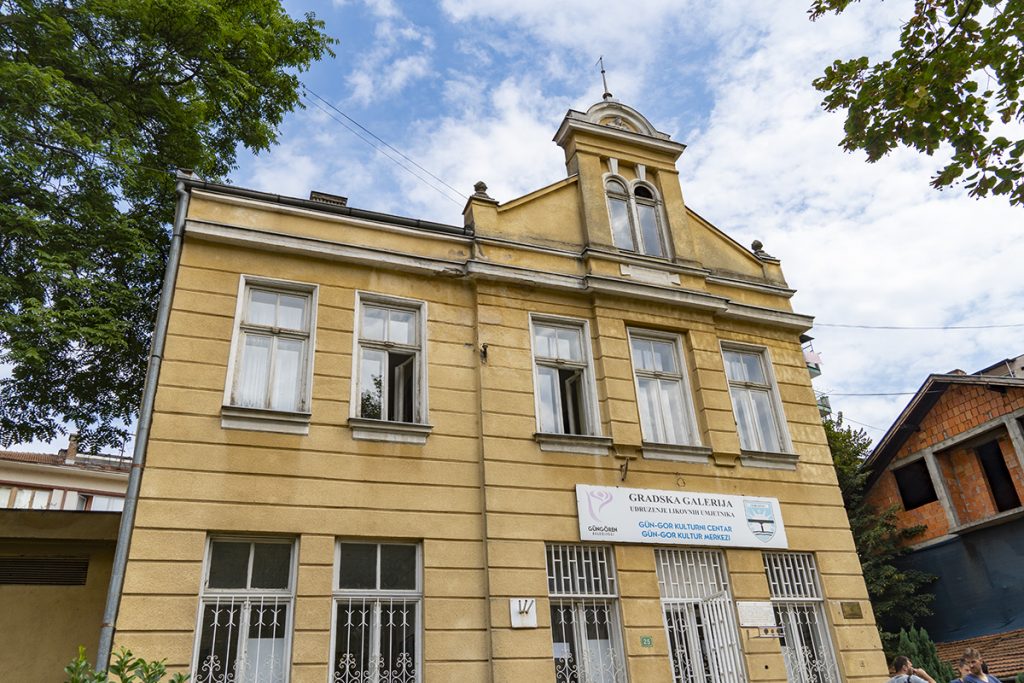

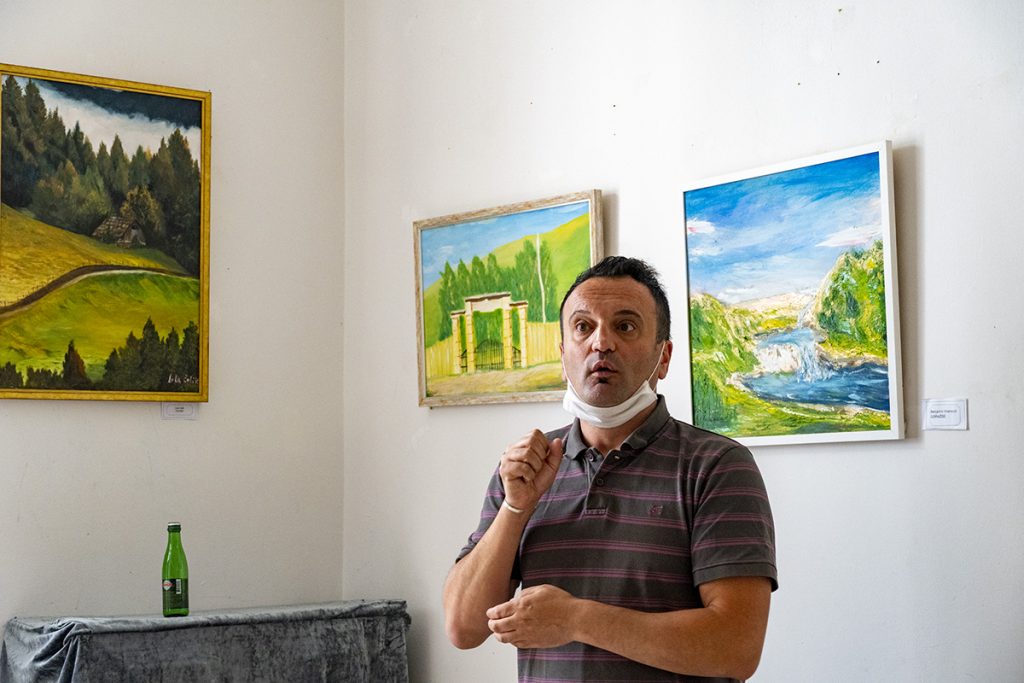
Most of the people who travel from Belgrade to the Montenegro coast are passing through Goražde on their journey. Some of the passengers who wish to visit the National Park of Sutjeska near Foča had to pass through Goražde as well. Being on a very frequent traffic route, in possible cooperation between the three towns, prosperity for many locals could be created.
Wandering through the Goražde streets and lanes you will still see retired people playing chess. Similar scenes are normal practice all around the Balkans. Maybe an adequate and understandable reaction to this would be the question: “What else could they do?”

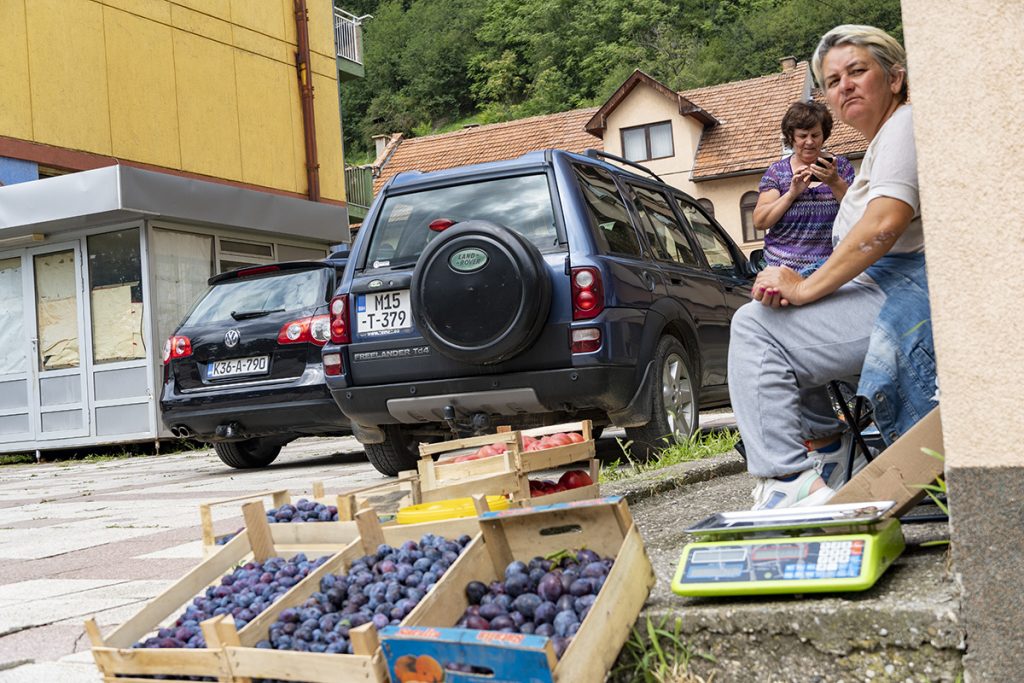
PLACE WHERE RELIGIONS ARE INEXTRICABLY INERWINED
Tourism Association of the Goražde cooperates with the Roman Catholic Archdiocese of Vrhbosna to build a new Catholic church, given that since 2011. a large number of pilgrims are visiting the place of execution of “Blessed Martyrs of Drina”. Back in the unfortunate times of World War II, in December 1943. five imprisoned nuns were taken from Pale to Goražde and to avoid rape by the royalist Serb Chetnik unit, committed suicide. Their martyrdom was recognized by the Vatican, and Pope Benedict XVI (delegated to Cardinal Angelo Amato) beatified them on 24 September 2011.
Orthodox St. George’s church is situated at the very town’s entrance. For those who travel upstream the Drina river, the church tells the story of the second oldest printing office in the Balkans. Relatively accepted and proved historic sources assert that the church founder was Herzog Stephen (Bos. Herceg Stjepan). He was born in the relative vicinity of the church location and ruled these territories during the Middle Ages. 501 years ago Božidar Goraždanin, the printer, brought the printing machine from Venice, and contributed immensely, despite the fact the office was active only for 4 years.
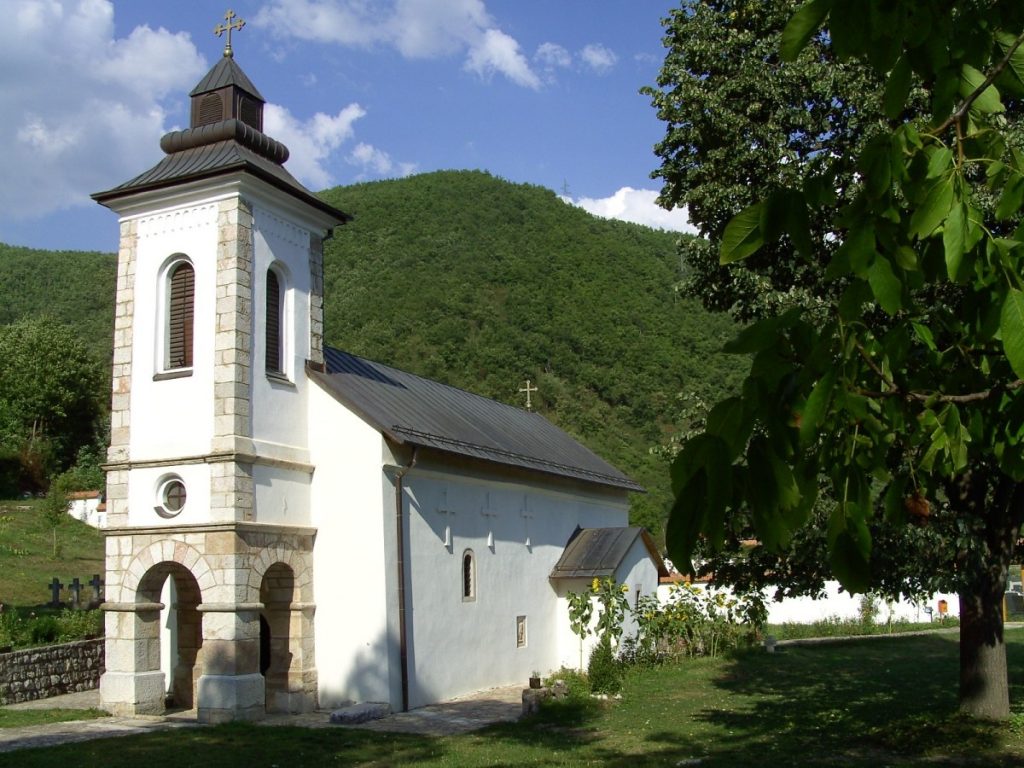
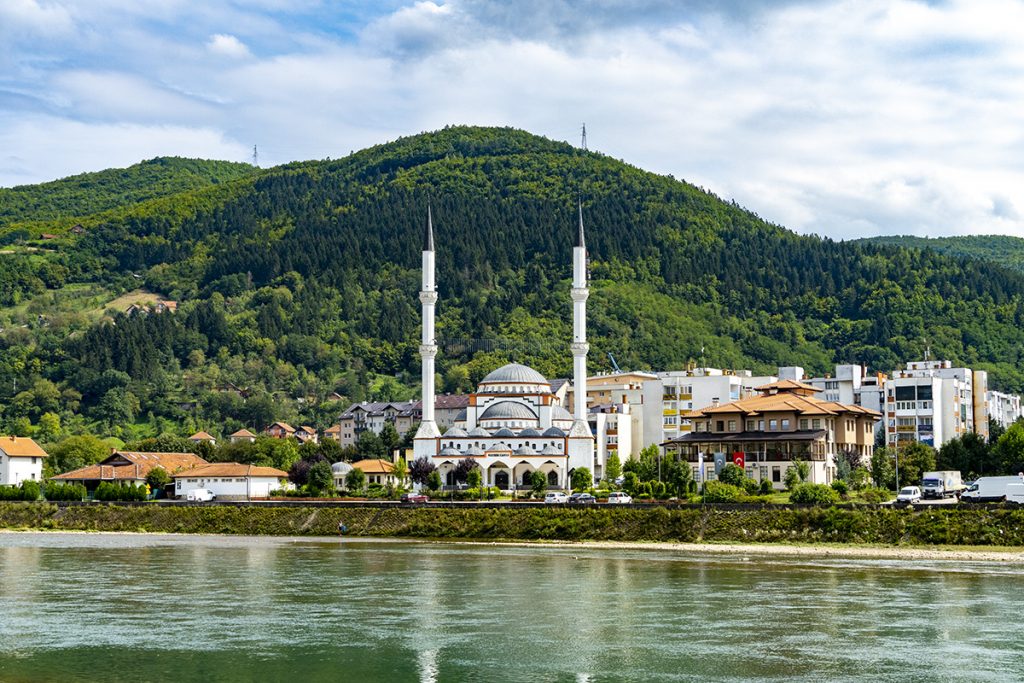
(OPEN AIR) MUSEUM OF GORAZDE
Goražde town museum opened recently in 2018. tries to provide a needed contribution to the city’s cultural and tourist offer. The most thrilling part of the museum is the war exhibition. Through the personal belongings and testimonies of the Goražde citizens, a museum presented the story of survival and constant struggle during the 1336 days of the siege. The museum is part of the cultural center, where local TV and Radio has its HQ. During the summer period, a stage behind the cultural center is a place for affirmation of young artists.
10 min of driving takes you to the memorial-recreational zone of Rorovi. Here you can put yourself in the shoes of Serbian soldiers besieging and shelling the town at the beginning of the mess. On the other hand, if you wish to throw some barbecue at the sunset, it is up to you. A beautiful view of the Goražde will make you more hungry. Goražde hides the masterpieces of the Jakub Hubjer. He is the sculptor with a permanent address in Denmark, but originating from Goražde. His passion for statuary is embodied in his garden. Jakub’s hospitality and interesting personal story will hold your attention.


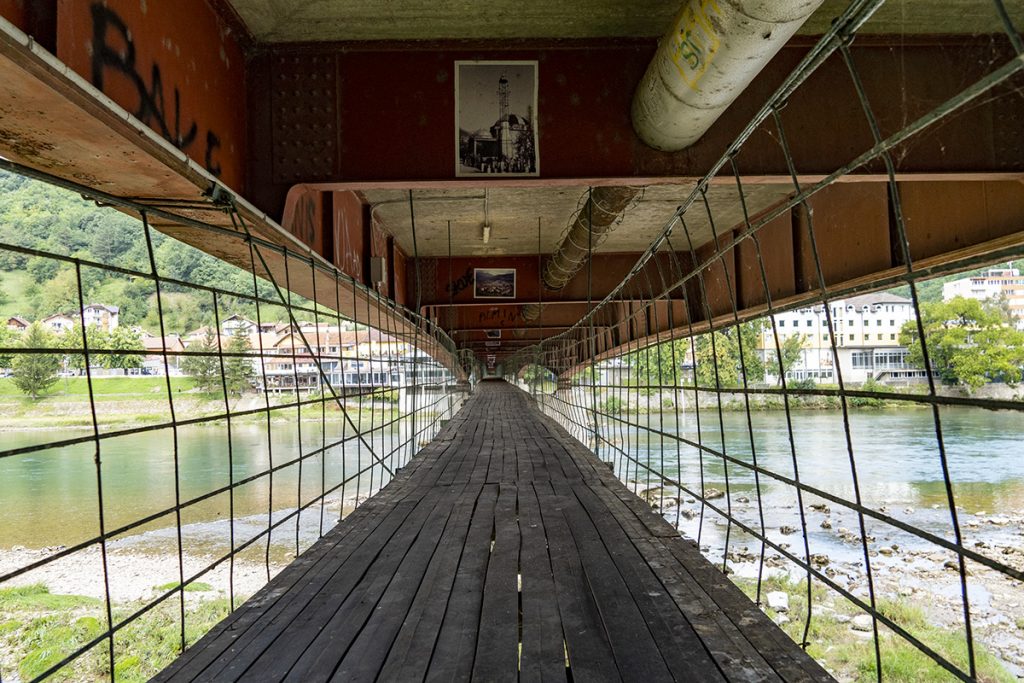
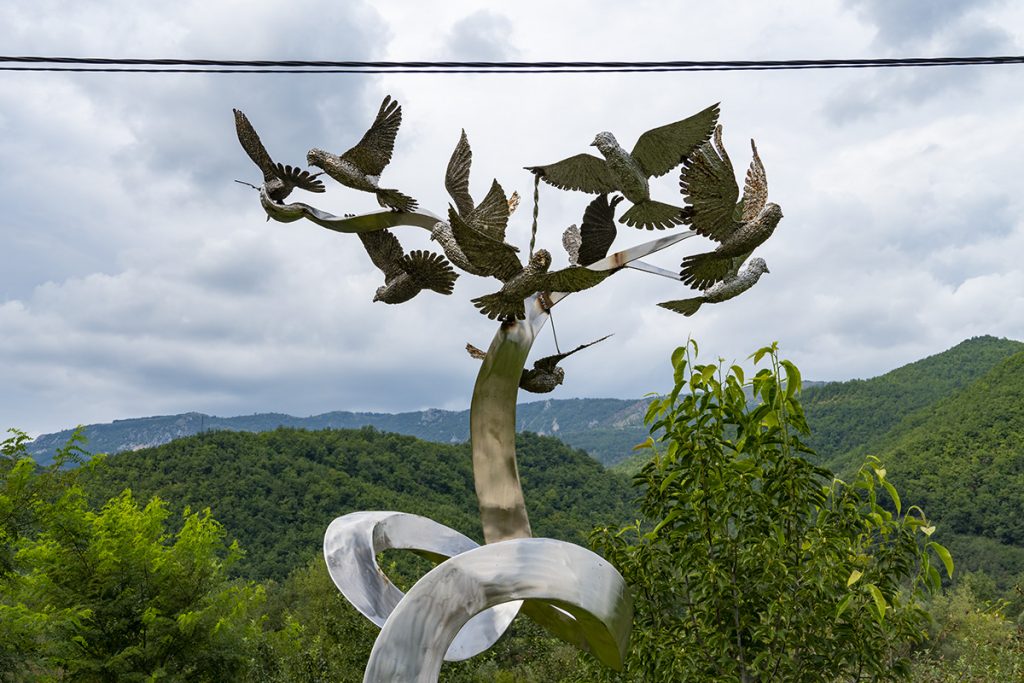
YESTERDAY, TODAY AND TOMORROW
It is a legit question what local young generation could expect in the following years. A Group of enthusiasts and NGO activists are working on certain projects aiming to preserve the Drina river. That stands as the imperative task, especially given that the local administration during the past year carried out quite the illegal construction works on the river embankment. “Struggle for the rivers” is a joint name for the actions all around Bosnia and Herzegovina. Preserving the Drina river is crucial for the continuation of decent living in Goražde, so these people perform regular river cleanup activities every now and then.
